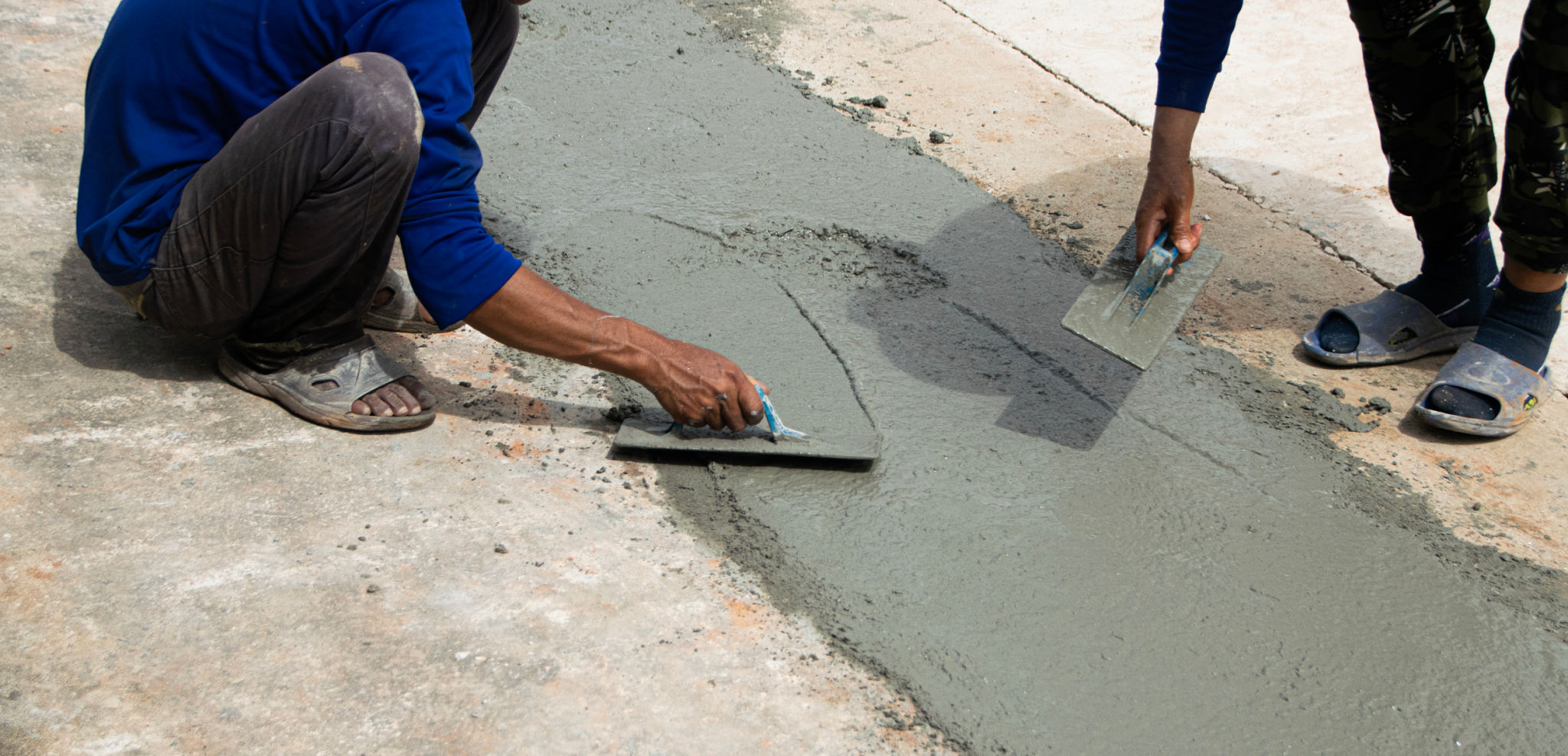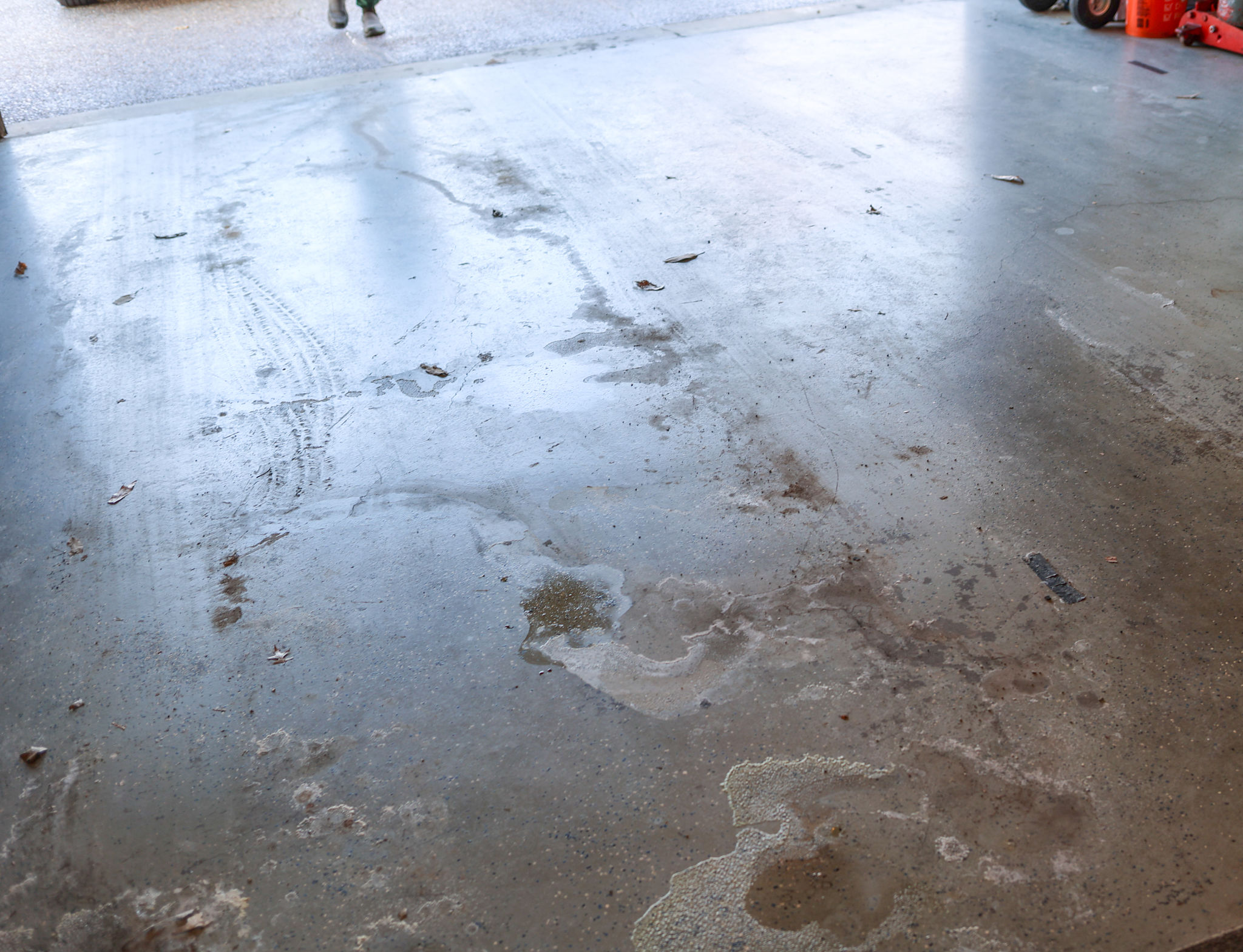DIY Tips for Small Concrete Repairs in Your Barossa Property
Understanding the Basics of Concrete Repair
Concrete is a durable and sturdy material, but it is not immune to wear and tear. Over time, cracks can develop due to changes in temperature, moisture, and pressure. If you're a property owner in the Barossa region, addressing these minor concrete issues early can prevent more extensive damage in the future.
Before diving into the repair process, it's crucial to understand the type of damage you're dealing with. Cracks can either be structural or non-structural. For most DIY enthusiasts, non-structural cracks, which are typically less than 1/8 inch wide, can be repaired easily with the right tools and materials.

Gathering the Right Tools and Materials
To get started with your concrete repair project, you'll need some essential tools and materials. Here's a list to guide you:
- Concrete mix: Choose a ready-mix or a patching compound suitable for small repairs.
- Trowel: For spreading and smoothing the concrete mixture.
- Wire brush: To clean the area around the crack.
- Chisel and hammer: For removing loose pieces of concrete.
- Safety gear: Gloves, goggles, and a dust mask to ensure safety during the repair process.
Preparing the Surface
Preparation is key when it comes to successful concrete repairs. Start by cleaning the area around the crack. Use a wire brush to remove any loose debris, dirt, or dust. If there are any larger loose pieces of concrete, use a chisel and hammer to remove them carefully. A clean surface ensures better adhesion of the repair material.
Once the area is clean, dampen the surface with water. This step helps prevent the surrounding concrete from absorbing moisture from the repair mix, which can lead to premature drying and cracking.

Applying the Concrete Mix
With your surface prepared, it's time to apply the concrete mix. Follow these steps for a successful application:
- Mix your chosen concrete compound according to the manufacturer's instructions. The consistency should be similar to peanut butter.
- Using a trowel, fill the crack with the concrete mix. Press down firmly to ensure there are no air pockets.
- Smooth the surface with the trowel to match the surrounding area. For larger cracks, you may need to apply multiple layers, allowing each layer to dry before adding the next.
Curing and Finishing Touches
After applying the concrete mix, it's essential to let it cure properly. Typically, this involves keeping the area moist for several days to ensure that the concrete sets slowly and evenly. Covering the repair with burlap or plastic sheeting can help retain moisture.

Once cured, inspect your work for any uneven spots or minor imperfections. You can use sandpaper or a fine grit stone to smooth out any rough areas gently. This step ensures that your repair blends seamlessly with the existing concrete surface.
Preventive Measures for Future Maintenance
To prolong the life of your concrete surfaces and avoid frequent repairs, consider implementing some preventive measures. Regular cleaning and sealing of your concrete areas can protect them from moisture penetration and weather-related damage. Additionally, addressing drainage issues around your property can help prevent water accumulation that often leads to cracking.
By taking these proactive steps, you can maintain the structural integrity of your Barossa property and enjoy a well-kept appearance for years to come.